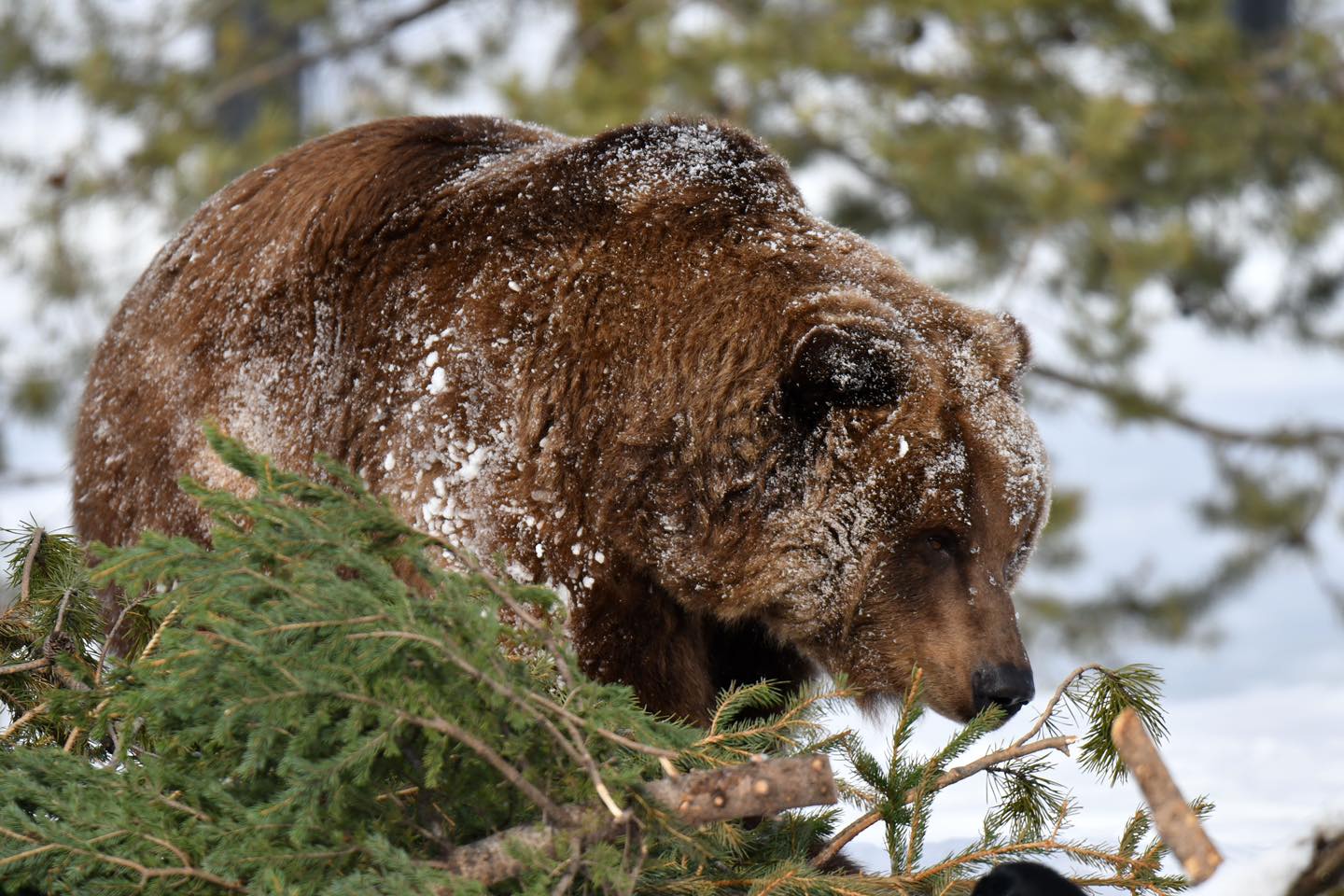- Benefits of donating used Christmas trees for animal enrichment
- Importance of natural enrichment in zoo management
- How used trees support wildlife conservation efforts
- Procedures for correctly donating Christmas trees to zoos
Donating your used Christmas tree to a zoo offers numerous ecological and enrichment benefits. Animals, especially those in controlled environments like zoos, require constant stimulation to keep their lives enriching and engaging. Christmas trees, once adorned with ornaments and lights, can transform into tools for environmental enrichment, helping replicate elements of an animal’s natural habitat. This practice not only aids wildlife conservation but serves as an excellent reminder of how small contributions can have significant impacts.
Enrichment is crucial in the management of zoo animals. Providing animals with diverse stimuli enhances their well-being and mimics the variability of life in the wild. A used Christmas tree, due to its aroma, structure, and texture, offers multifaceted enrichment benefits. For example, bears such as Nakina, a grizzly bear at the Grizzly & Wolf Discovery Center (GWDC), explore the tree with curiosity, engaging their senses and encouraging natural behaviors such as foraging or den-building. These experiences are fundamental to nurturing the psychological and physical health of captive animals.
Natural enrichment is not just a luxury but a necessity in responsible zoo management. By integrating environmental features into animal care protocols, zoos can significantly enhance animal welfare. Trees, especially evergreens, provide shade, windbreaks, and yearly nutrient cycles that help mimic wild conditions. This approach is a testament to how contemporary zoo management has evolved from basic care to creating dynamic and interactive habitats.
Wildlife conservation significantly benefits from such practices. Zoos increasingly serve as conservation hubs focused on preserving biodiversity. When old Christmas trees are donated, they become part of these conservation initiatives. The trees facilitate research and educational programs, raising public awareness about the necessity of habitat preservation. Enhanced animal welfare translates into higher success rates in potential rewilding and breeding programs, aligning with global conservation goals.
Donation procedures for Christmas trees are straightforward yet essential to follow diligently to guarantee they are safe for animal interaction. Before bringing your tree to the zoo, ensure it’s stripped of all ornaments, tinsel, and any potentially harmful materials. These items can pose ingestion risks or contain substances unsafe for animals. Once the tree is natural and ready, you can drop it off at designated locations like the gate behind the GWDC gift shop. Notify the admission staff to make certain it’s processed properly and utilized according to the enrichment plans set by the zookeepers and biology experts.
The simple act of donating a used Christmas tree sheds light on the diversity of enrichment strategies in zoos and underscores the collaborative nature of conservation efforts. By understanding and supporting these practices, the general public both aids in animal welfare and contributes to broader conservation missions. The narrative around using old Christmas trees extends beyond mere disposal to embrace an ethos of resourcefulness and care for wildlife, reflecting the modern values of sustainability and community engagement.
*****
Source Description
Still have your old Christmas tree, but not sure what to do with it? The animals love used trees for their enrichment, so think about donating it to the GWDC!
Trees can be left at the gate behind the gift shop/salon (gate 1), and be sure to let the admission folks know it’s there. Please check that there are no ornaments, tinsel, decorations, or any hidden hooks before you stop by, the animals like their trees all natural!
(Pictured: Grizzly bear Nakina investigates a donated Christmas tree)


